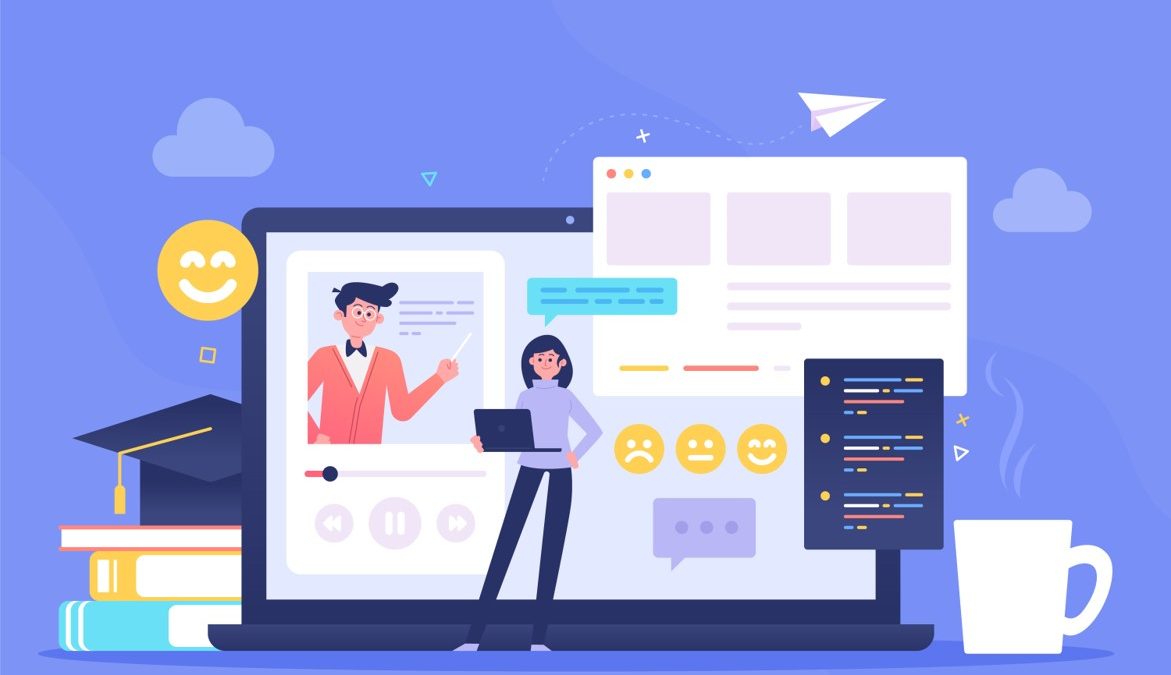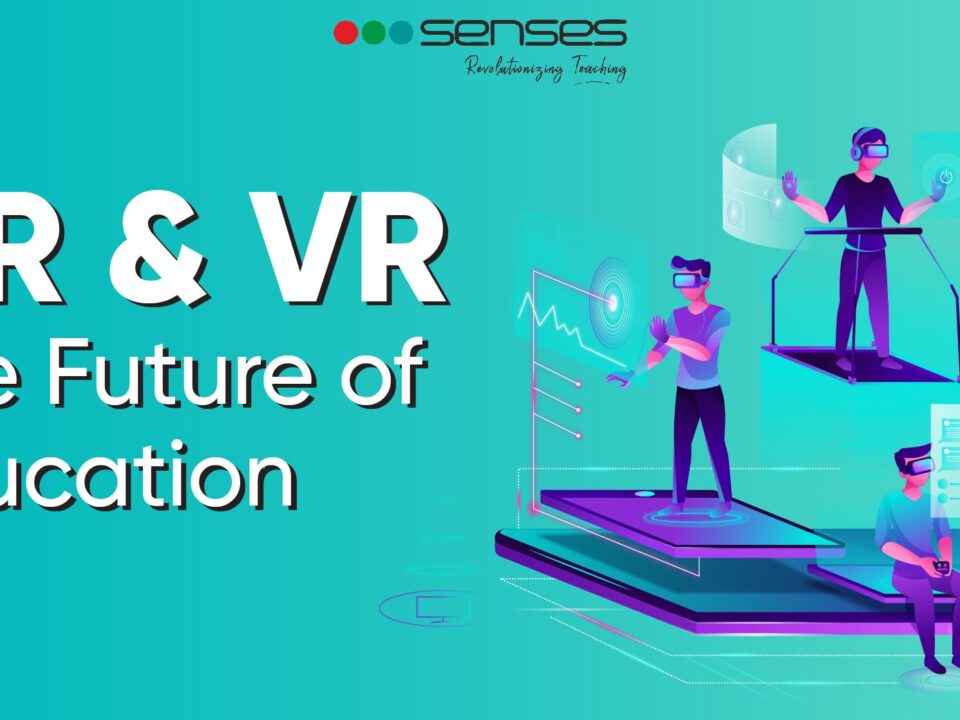Top 6 ways in which Technology has evolved the Education sector

Top 6 ways in which Technology has evolved the Education sector
The education sector has seen immense development in the latest years. Technology is having a major impact in the education sector today. Advancements in the education sector have offered a separate realm wherein we see unconstrained learning as a real possibility. Technology has defined the way we think and has helped us immensely in achieving newer dimensions in order to shape our objectives in a much better way.
Technology and innovation has transformed education in a plethora of ways. It has predominantly defined the way we access education in today’s arena. Education in earlier times was known to be a whim of a few and could also accommodate the fancy of the selected few. The books were extremely rare and only the elite were able to have access to them.
Today massive amounts of information is available online. The internet has opened up ways to copious amounts of information shared across the globe. Combining this along with the transformation in technology have made a very strong case for changing the representation of education today.
Let us look at some of the ways in which Education has evolved as a result of technology:
1. Interactive Panel
An interactive panel is a digital device that allows users to view and access e-files with the help of a projector or magnified screen. The interactive LCD will be further connected to a computer which further entails onto a projector. This board is capable of multiple functionalities along with enhancing the interactivity of the syllabus. Smart boards and panels have high-end functionality and sensors, with detailed voice-recognition and internet connection which brings out various layers through which one can approach the subject. This is a boon for the teachers and the students alike.
2. Artificial Intelligence
AI has spread its wings in the education sector like never before. It not only hosts aspects like speech recognition along with problem solving but also helps in automating several administrative tasks like building smart content to the curriculum along with personalizing the teaching process. It also cuts down the redundant manual tasks like students grading.
Industry analysts have predicted that AI will be the defining aspect of technology by the next decade.
3. Digital Course
As per a latest report, India has become a hub for the growing expanse of digital courses as well as the digital course takers. The growth in this trend has directly affected the sales of paper textbooks and course guides, as students have started preferring a lot of digital courses. The digital courses are not only handy but have a much better usability. They are easily accessible on phones, tablets and laptops all alike. They have customised interfaces which gives better visibility as per the devices on which each course is rendered.
With the increase in the expanse of the internet, assignments have also gone digital in nature. The very concept of educational technology starts and ends with digital content as the crux.
4. IOT
IoT and EdTech goes hand in hand. You cannot mention one without the other. IoT has the ability to track the advances of all students along with enhancing connectivity across the institutions.
IoT also has a major impact in the way the material is taught as it enhances the connectivity of the systems and they can monitor students through effective tracking, which frees up a lot of time for the teachers to care about other subjects in retrospect with the students.
5. Learning Analytics
Learning Analytics have been the latest on the block of EdTech. It is extremely efficient in putting the existing data to use in order to monitor student behaviour.
It takes record of the student activities including timely submissions, their scores, their understanding of the concept and gives a precise report combining all the data. This report gives a student their stand in retrospect with both the subject matter and the learning. Learning analytics is the reality check that the students need especially with interactive and practical syllabus in order to check their standing with the subject matter.
6. Immersive learning
Immersive learning signifies a learning method in a simulation with Virtual reality. This gives a real-world experience to the students in a safe environment without causing a hindrance to the real process. Immersive learning also helps the student form an emotional connection to the learning due to its realistic and immersive nature. The students actually experience the processes even though in simulation and understand it better. Immersive learning is also more advanced than any other forms of learning as it allows geographically dissected students and learners to meet in order to exchange real information with regards to their research and learning.
Conclusion
There are various aspects of technology and digital innovation in the education technology that has made its way to the classrooms and redefined the entire face of both the learning and the teaching process.
This is a great step forward towards student engagement and enhanced learning. Technology will further enhance the peer to peer engagement which will lead to better collaborative and social learning. It also makes sure that students are technologically sound from an early age.



